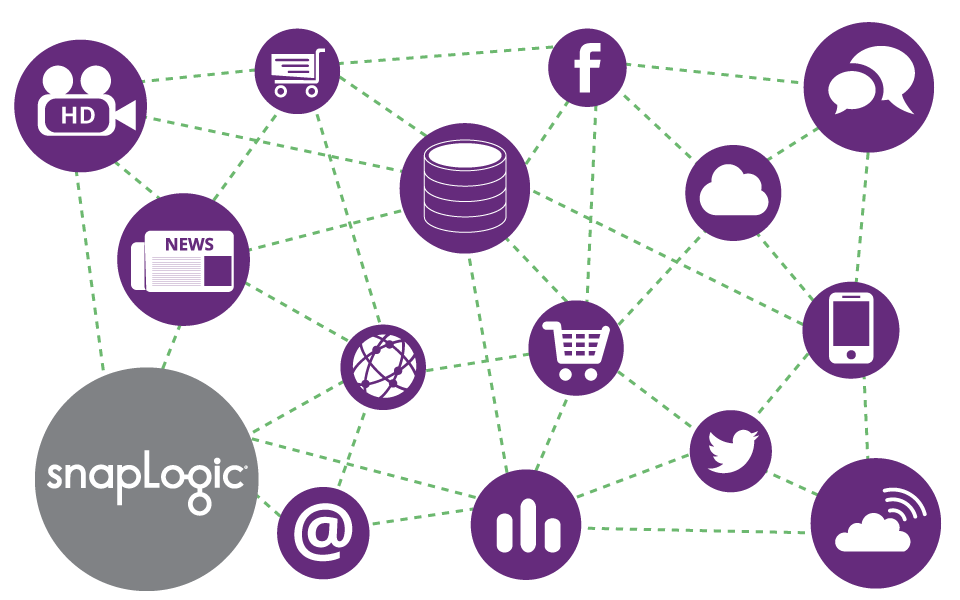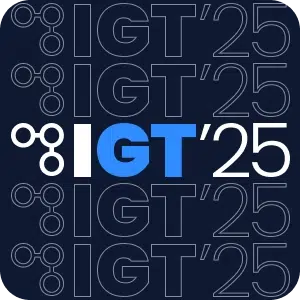“An IoT device is any internet-connected, non-browser device that isn’t a piece of network infrastructure.”
– The “Internet of Things” is a Scam
Much ink (and more pixels) has been spilt on the difficulty of integrating IoT applications into the enterprise. This worry is somewhat misplaced. It is a difficult task, but the difficulty lies in integrating applications, not “IoT applications.”
As the opening quote notes, IoT data looks a lot like any data that’s flowing over your network. In fact, for all the talk of IoT platforms and protocols, you’ll find that most IoT devices employ a REST API. If you have many IoT devices, you have a bunch of “users” to keep track of. And perhaps those ‘users’ are sending a fair amount of data, with specific Quality of Service requirements around latency. But from that perspective, how are the requirements for IoT different from the requirements for your data warehouse or data lake? Lots of data must be handled, and users expect queries to return in a reasonable amount of time. This also resembles the requirements placed on many web services that have to support modern websites.
While IoT does bring some of its own specific challenges – for instance, providing data-buffer endpoints that can send updates to devices – once the data is on the wire, it is just data, subject to same problems all data has: finding a permanent hard disk, making itself accessible, making its schema known, and getting along with other data. In fact, data in the modern world is finding that to earn its keep it often needs to be useful to machine learning and anomaly detection algorithms, or correlated with other data sources with different schema.

Integrating IoT Applications with SnapLogic
SnapLogic exists to get your data – all of your data – where it needs to go, in the form it needs be in. As we recently put it, “connecting data, applications, and APIs—from any source, anywhere.” These are the problems that the SnapLogic Elastic Integration Platform has been successfully solving for our customers in the enterprise. With our support for REST endpoints, MQTT, and all of the industry-leading big data integration technology, we can bring your IoT data into a state-of-the-art federated cloud or on-premise environment, just as we can integrate your data from enterprise applications like Workday, Salesforce, ServiceNow and SAP. Furthermore, with our support for Spark, Azure, and other machine-learning technologies we can help you quickly leverage your IoT data into actionable business insights.
Getting to Actionable Business Insights
The future articles in this series will examine how to use SnapLogic to turn data streams from IoT applications into actual business insights. We’ll show how to ingest data, store it, and stream it through machine learning algorithms, and then use those results to shape our business in real-time. Besides this blog series, you may wish to check out our upcoming series on Machine Learning, as well as our YouTube channel. Of course, you should always feel free to reach out to us to request a demo.









